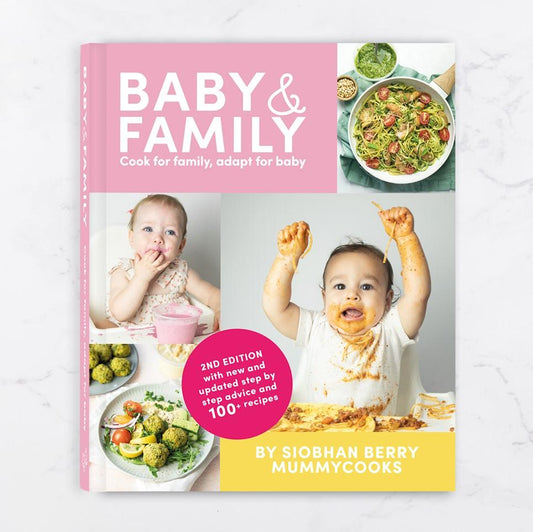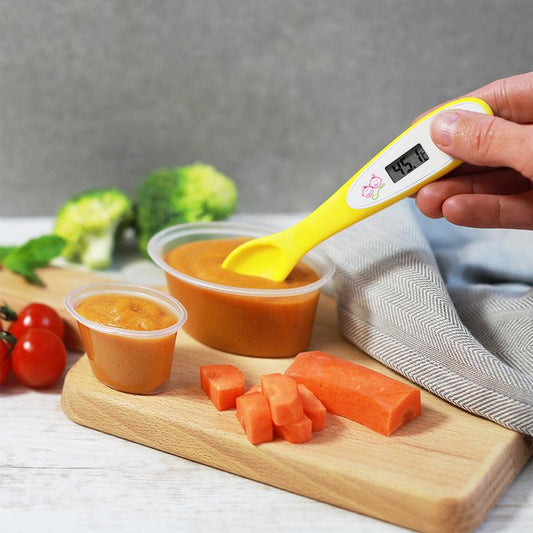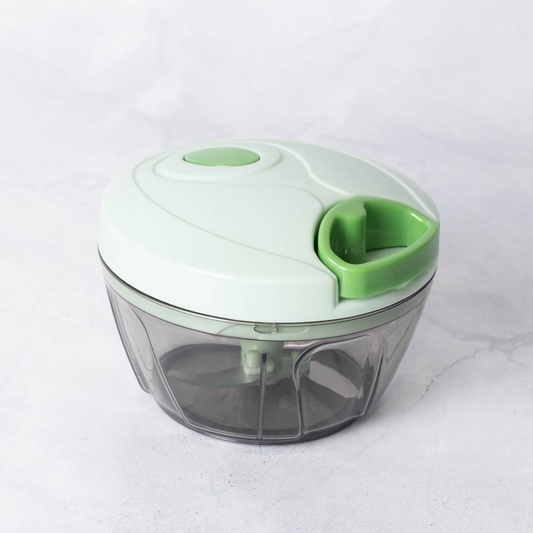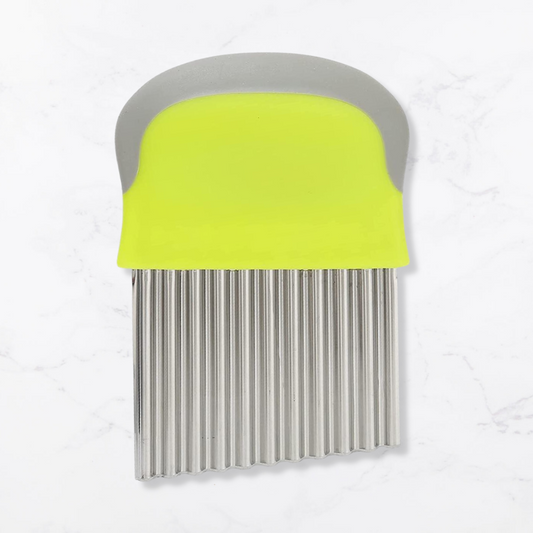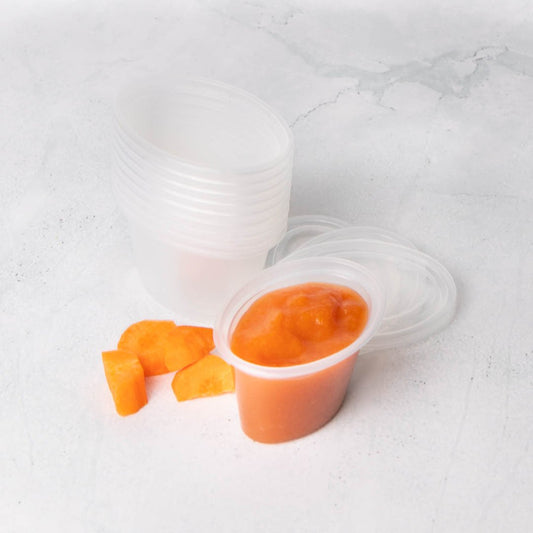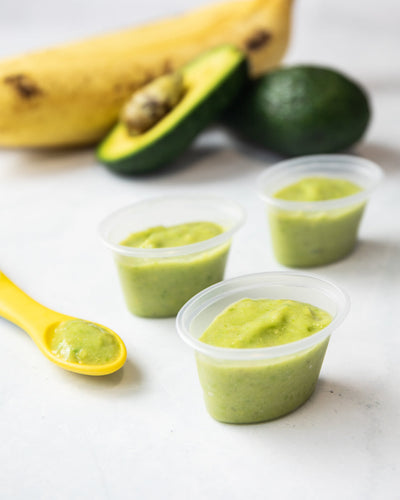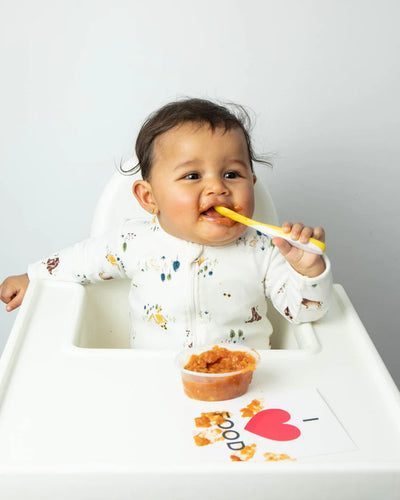When starting to wean your baby, it’s normal to be anxious. Naturally, parents will worry about their child gagging or choking on solid foods. It’s important to not let this fear keep you from weaning and introducing your baby to solid foods. Keep your anxiety at bay but be vigilant. It can be easy to get confused between gagging and choking, so it’s important to know the difference between the two.
What is Gagging?
Gagging is a safety reflex that prevents choking and is caused when a baby puts too much food in their mouth or if a food is too far back in their mouth. Unlike adults, a babies’ gag reflex is situated at the tip of the tongue, so it’s expected that they will gag at some point when they start to wean onto solid foods.
Remember that gagging is normal – your baby is learning how to eat and it’s their way of preventing choking. They aren’t spitting out the food due to taking a disliking, but rather they are being introduced to having new and different textures on their tongues.
KEY SIGNS OF GAGGING
- Child will open mouth and thrust tongue forward. (Face may appear bright red)
- Child may sputter and/or cough.
- Looks of frustration or discomfort rather than fear/terror.
What is Choking?
Choking is the opposite of gagging and happens when a person’s airways are blocked. It’s understandable that you will be worried about your baby choking on food; however don’t let it stop you from weaning your little one at the right age.
KEY SIGNS OF CHOKING
- The child’s face will turn blue.
- Silence and/or inability to make noise. (However, soft or high pitched sounds may be heard while inhaling)
- Child may begin coughing (in an attempt to clear passage).
*This may be normal, or weak/ineffective coughing should they fail to clear passage. - In severe cases, the child may lose consciousness.
So how do I prevent my child choking?
There are a few essential tips you can follow to prevent choking:
- Sit your baby upright when eating, and don’t allow them to eat when crawling, walking or distracted.
- Don’t leave your baby unattended or without supervision while eating.
- Do not force, or let them force food into their mouths.
- Do not attempt to interrupt the gagging process, this can lead to choking and panic.
- Avoid foods that are a choking hazard. Small, firm and round foods should not be given to babies or small children. Nuts, grapes, blueberries, popcorn etc. should especially be avoided. Other choking hazards include bones from fish or meat.
- Avoid giving the child too much to eat in one sitting. Be aware of portion sizes. Mummy Cooks portion guidelines are a really handy way of knowing just how much to give your child, depending on their age and stage of weaning. Our Starter Weaning Set has all the pots and sizes you need to effectively portion from 4-12 months.
- Know the difference between gagging and choking.
In a medical emergency, or in the rare case that your child is choking, seek immediate medical assistance from the emergency services or qualified first aid personnel.
Our Weaning Advice page provides information and advice on weaning your baby. It includes recipes, tips, and articles on a variety of topics related to weaning, such as introducing finger food, adding herbs and spices to baby food, and healthy snacks for your baby, and lots more




